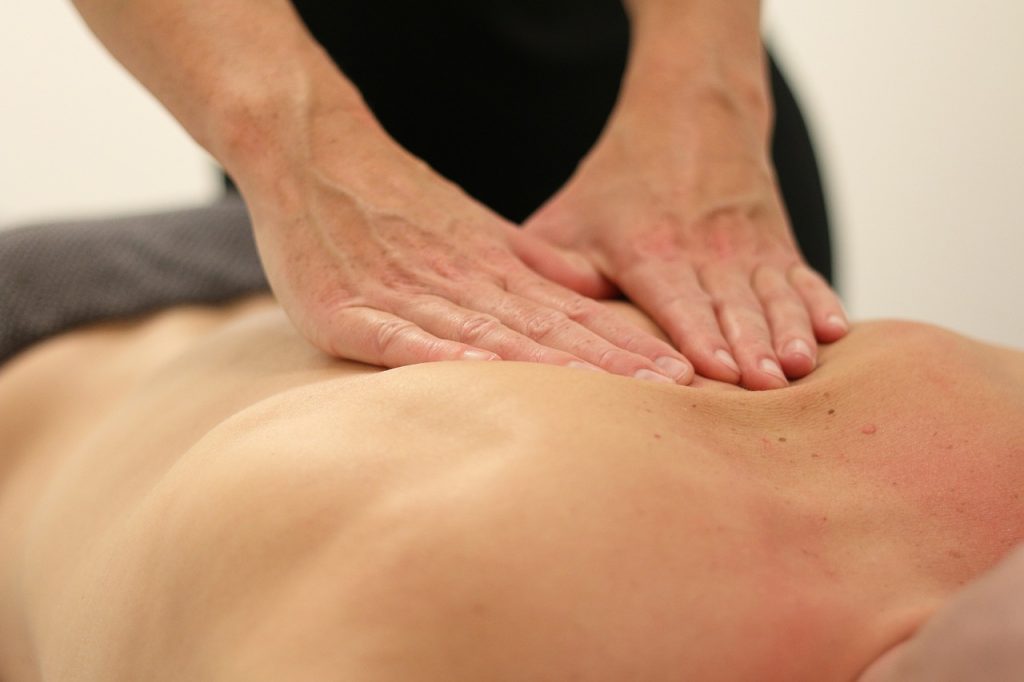Why do we suffer from pain from sitting to long? Can massage help with it?

In our modern world, where many people find themselves sitting for long hours—whether at a desk, in front of a computer, or even during commutes—the issue of pain associated with prolonged sitting has become increasingly common. Understanding the causes of this pain and exploring effective solutions, such as therapeutic massage, can help individuals manage discomfort and improve their overall well-being.
The Causes of Pain from Prolonged Sitting
1. Muscle Fatigue and Weakness
When we sit for extended periods, certain muscles become inactive while others are overworked. The hip flexors, for instance, can become tight and shortened, leading to imbalances that may cause discomfort in the lower back and pelvis. This muscle fatigue can manifest as soreness or stiffness, particularly in the back, neck, and shoulders.
2. Poor Posture
Sitting for long durations often leads to poor posture, which can exacerbate pain. Slouching or leaning forward can place undue stress on the spine and surrounding muscles. Over time, this can lead to musculoskeletal issues and chronic pain conditions.
3. Reduced Blood Circulation
Prolonged sitting can impede blood circulation, especially in the legs. This reduction in blood flow can lead to feelings of heaviness, numbness, or tingling, commonly referred to as “sitting syndrome.” Poor circulation can also contribute to muscle fatigue and stiffness.
4. Nerve Compression
Sitting for long periods can put pressure on certain nerves, particularly in the lower back and legs. This can result in conditions like sciatica, where the sciatic nerve becomes irritated, leading to sharp pain that radiates down the leg.
The Role of Therapeutic Massage
Therapeutic massage is an effective method for alleviating pain associated with prolonged sitting. Here are several ways it can help:
1. Relieving Muscle Tension
Massage techniques target specific muscle groups that become tense from prolonged sitting. By applying pressure to tight muscles, therapists can promote relaxation and alleviate discomfort. This not only reduces pain but can also improve overall muscle function.
2. Improving Circulation
Therapeutic massage enhances blood flow to areas that may have become deprived due to prolonged sitting. Improved circulation can help to deliver essential nutrients to muscles and tissues, facilitating healing and recovery from muscle fatigue.
3. Correcting Postural Imbalances
Massage therapy can address postural imbalances caused by extended sitting. By focusing on the back, neck, and shoulders, a therapist can help restore alignment and promote better posture, which can alleviate pain and discomfort in the long term.
4. Enhancing Range of Motion
Regular therapeutic massage can improve flexibility and range of motion in the affected areas. This is particularly beneficial for individuals who sit for long hours, as it can counteract stiffness and enhance mobility.
5. Reducing Stress and Anxiety
Pain from prolonged sitting is often compounded by stress. Therapeutic massage not only targets physical pain but also provides a mental and emotional release. The relaxation response triggered by massage can help to reduce stress and anxiety, creating a holistic approach to well-being.
Incorporating Therapeutic Massage into Your Routine
To reap the full benefits of therapeutic massage, consider incorporating it into your routine. Here are some tips to get started:
1. Schedule Regular Sessions
Depending on your lifestyle and pain levels, scheduling regular massage sessions—be it weekly or biweekly—can help maintain muscle health and overall well-being.
2. Combine with Movement
While massage can provide relief, it’s essential to complement it with regular movement. Incorporate short breaks into your day to stretch, walk, or perform light exercises. This can help counteract the negative effects of prolonged sitting.
3. Communicate with Your Therapist
When seeking therapeutic massage, communicate openly with your therapist about your specific pain points and any areas of concern. This will allow them to tailor the treatment to your needs effectively.
4. Explore Different Techniques
Different types of therapeutic massage—such as Swedish, deep tissue, or myofascial release—may address pain in various ways. Don’t hesitate to try different techniques to find what works best for you.
Conclusion
The pain associated with prolonged sitting is a common issue that can significantly impact daily life. However, therapeutic massage offers a valuable solution for alleviating discomfort and promoting overall wellness. By understanding the causes of pain and taking proactive steps, including incorporating massage into your routine, individuals can enhance their quality of life and reduce the negative effects of a sedentary lifestyle. Prioritizing self-care through therapeutic massage can lead to a healthier, more balanced existence, helping to combat the challenges posed by modern living.

